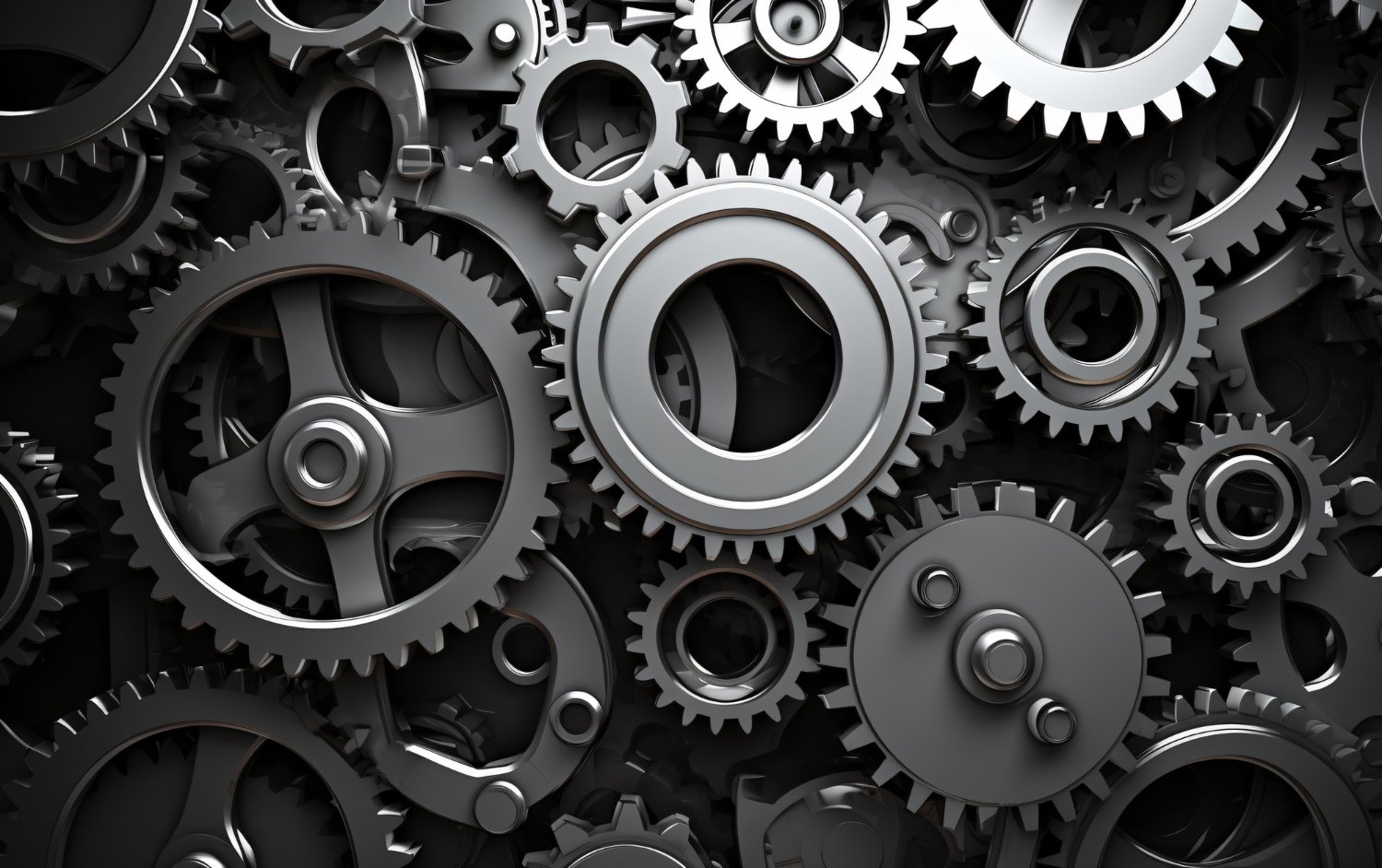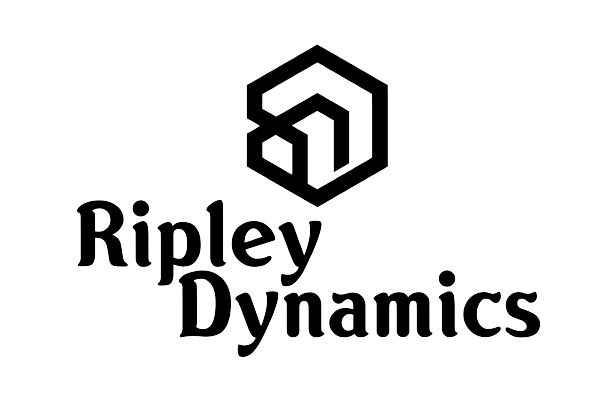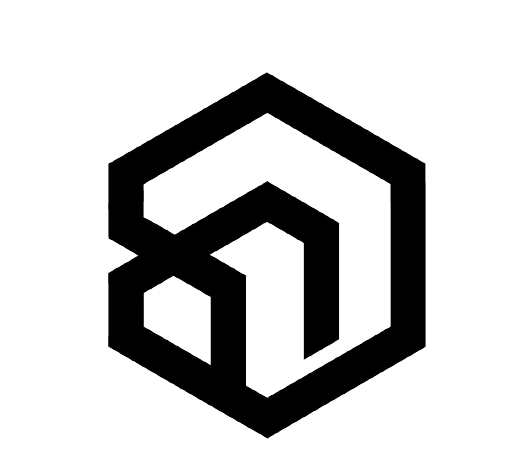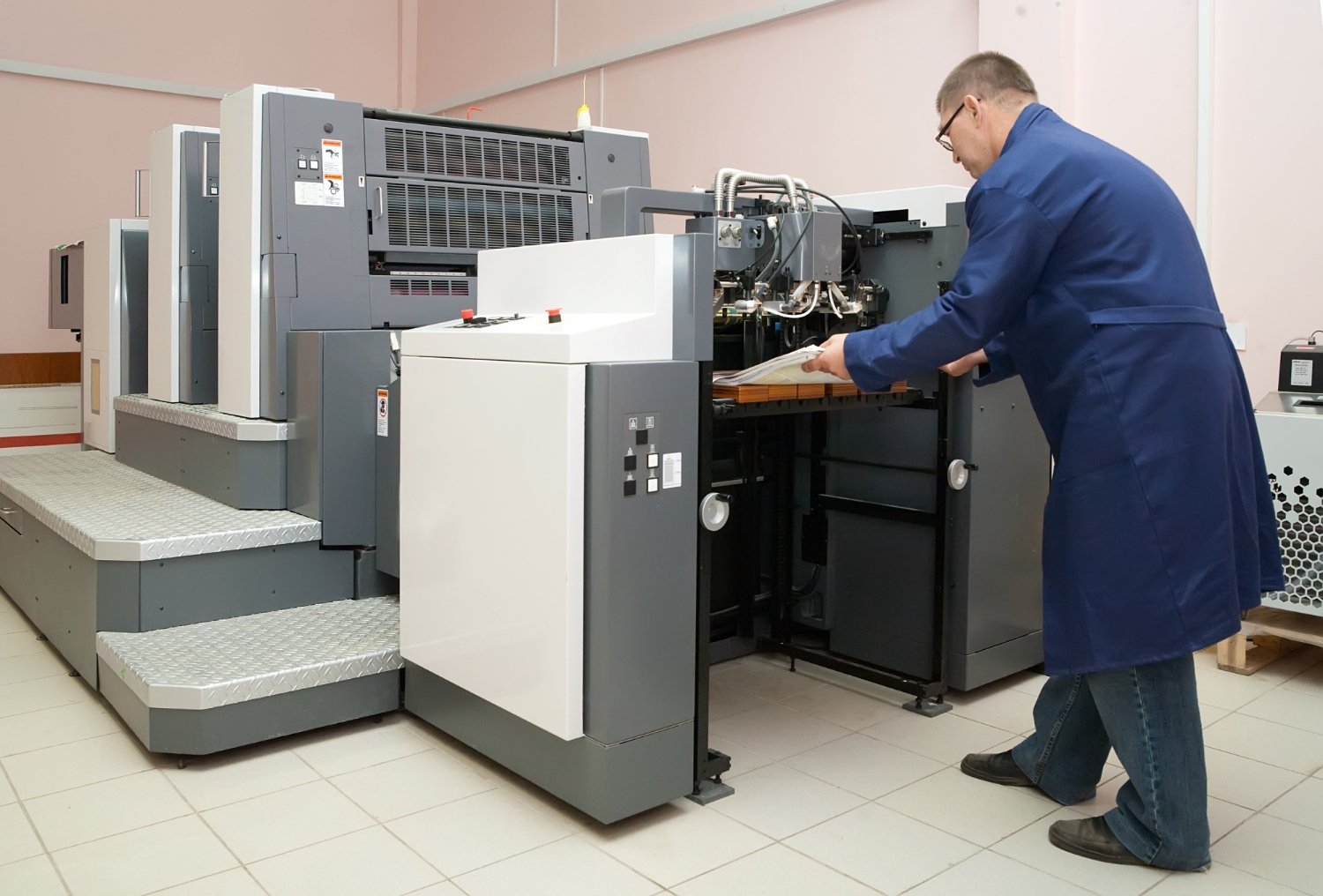
MJF 3D Printing: The Future of Additive Manufacturing in Australia
Multi Jet Fusion (MJF) 3D printing represents a significant leap forward in the world of additive manufacturing, and Ripley Dynamics is at the forefront of bringing this innovative technology to Australia. MJF is distinguished by its ability to produce parts faster and with finer detail compared to traditional 3D printing methods. This technology works by distributing a fine layer of powder material, which is then selectively fused by jetting a binding agent along with detailing agents at precise locations.
The potential of MJF 3D printing in Australia is immense. It opens up new possibilities for industries ranging from automotive to healthcare, offering a faster, more cost-effective way to produce complex parts. This technology excels in creating high-density, isotropic parts that are strong and durable, suitable for both prototyping and end-use applications. With MJF, Australian businesses and innovators can now realize their designs more quickly and with a level of detail and strength not previously achievable. Ripley Dynamics is committed to harnessing the power of MJF 3D printing to revolutionize manufacturing processes across various sectors in Australia.
Why Choose MJF 3D Printing: Advantages Over Traditional Printing Technologies
Multi Jet Fusion (MJF) 3D printing, offered by Ripley Dynamics, stands out for its numerous advantages over traditional printing technologies. One of the primary benefits is speed. MJF can produce parts much faster than conventional methods, significantly reducing turnaround times. This is especially beneficial for industries that require rapid prototyping and time-sensitive production runs.
Another significant advantage of MJF is the quality of the finished parts. This technology can produce highly detailed and complex geometries with a smooth surface finish, which is difficult to achieve with other 3D printing methods. Additionally, MJF parts are known for their strength and durability, making them suitable for functional testing and end-use applications.
The versatility of materials available with MJF also adds to its appeal. It can print with a range of materials, offering various levels of flexibility, strength, and thermal resistance. This makes it an adaptable solution for diverse industry needs.
By choosing MJF 3D printing with Ripley Dynamics, clients benefit from quicker production times, high-quality parts, and the versatility to meet a wide range of application requirements, setting it apart from traditional printing technologies.
Exploring Multi Jet Fusion: A New Era in 3D Printing Innovation
Exploring Multi Jet Fusion (MJF) marks the advent of a new era in 3D printing innovation, and Ripley Dynamics is at the forefront of this exploration. MJF is a transformative technology that builds parts layer by layer using a fine powder. A unique aspect of MJF is its use of thermal agents over the powder bed, activated by infrared light. This process allows for the creation of parts with exceptional mechanical properties and dimensional accuracy.
MJF is a game-changer in the world of additive manufacturing due to its ability to produce parts with complex geometries, internal features, and fine details that other technologies cannot match. This capability opens up new avenues in design and manufacturing, enabling the creation of more efficient and innovative products across various industries.
Ripley Dynamics is committed to leveraging MJF technology to its fullest potential, pushing the boundaries of what’s possible in 3D printing. By exploring the capabilities of MJF, we aim to provide our clients with the most advanced solutions in additive manufacturing, redefining the limits of design and production in Australia.
Comprehensive MJF 3D Printing Services: From Concept to Creation
Ripley Dynamics offers comprehensive Multi Jet Fusion (MJF) 3D printing services that span from concept to creation, providing an end-to-end solution for our clients in Australia. Our services begin with a thorough consultation to understand your project requirements and objectives. We then move to the design phase, where our team of experts utilizes advanced software to create or optimize your digital models for MJF printing.
Once the design is finalized, our state-of-the-art MJF printers come into play. We select the appropriate material from a range of options, each offering unique properties to suit different applications. The printing process is closely monitored to ensure adherence to the highest standards of quality and accuracy.
After printing, we provide a range of post-processing services, including surface finishing and coloring, to enhance the appearance and functionality of the parts. Our comprehensive approach ensures that every aspect of your project is handled with expertise and precision, from the initial idea to the finished product, making Ripley Dynamics a leader in MJF 3D printing services in Australia.
Rapid Prototyping Solutions with Advanced MJF Printing
In the dynamic world of product development, rapid prototyping is essential, and Ripley Dynamics’ advanced Multi Jet Fusion (MJF) printing services offer the perfect solution. MJF printing enables the quick and efficient creation of prototypes, allowing designers and engineers to test and refine their designs in a fraction of the time required by traditional methods.
The speed of MJF printing means that multiple design iterations can be produced and evaluated in rapid succession, accelerating the development process. The high resolution and precision of MJF also ensure that prototypes accurately represent the final product, providing a reliable basis for testing form, fit, and function.
Beyond speed and accuracy, MJF allows for the prototyping of parts with complex geometries and internal structures that would be challenging or impossible to create with other methods. This capability is invaluable in industries where innovation and customization are key.
Ripley Dynamics is dedicated to providing rapid prototyping solutions with our advanced MJF printing services, helping clients across Australia to bring their ideas to life quickly and efficiently, ultimately speeding up the time to market for new products.
Industrial Applications of MJF 3D Printing: High-Performance and Versatility
MJF 3D printing, with its high-performance and versatility, has found a wide array of applications in various industrial sectors, and Ripley Dynamics is leading this integration in Australia. This technology is particularly suited for industries that require parts with complex geometries, superior mechanical properties, and durability. In the automotive sector, MJF is used for producing lightweight, yet strong components, helping to enhance vehicle performance and efficiency.
In the aerospace industry, the technology’s ability to create high-precision and lightweight parts is invaluable, contributing to the overall reduction in aircraft weight and improved fuel efficiency. Medical device manufacturers benefit from MJF’s ability to produce customized, biocompatible parts, like prosthetics and surgical guides, tailored to individual patient needs. The technology is also making significant inroads in the manufacturing sector, where its ability to produce functional prototypes and end-use parts rapidly accelerates product development cycles.
At Ripley Dynamics, we understand the unique requirements of these industries and utilize MJF 3D printing to create parts that meet the highest standards of quality, functionality, and reliability, thus supporting the evolving needs of Australia’s industrial landscape.
The Technical Aspects of MJF 3D Printing: How It Works
Understanding the technical aspects of MJF 3D printing is key to appreciating its capabilities, and at Ripley Dynamics, we’re committed to leveraging this technology to its fullest potential. MJF operates on a principle that involves laying down a thin layer of powder material, typically nylon, onto the build platform. A fusing agent is then jetted onto the powder where the part is to be built, followed by a detailing agent around the borders for sharp edges and fine details.
After the application of these agents, an infrared energy source passes over the build area, fusing the powder particles together to form a solid layer. The build platform then moves down by a fraction (usually a fraction of a millimeter), and a new layer of powder is applied. This process repeats, layer by layer, until the entire part is built. Once printing is complete, the part is left to cool before being removed from the powder bed and cleaned.
The precision and control afforded by MJF technology make it a standout choice for creating complex, high-strength, and durable parts with excellent surface quality and resolution, which is what Ripley Dynamics delivers to its clients across various sectors in Australia.
Perfecting Your Project: Post-Processing Techniques in MJF Printing
Post-processing plays a crucial role in perfecting projects created with MJF 3D printing, a service that Ripley Dynamics takes seriously. After the printing process, the parts are removed from the powder bed and undergo various post-processing steps to enhance their appearance and properties. One of the primary post-processing methods is the removal of excess powder, done through brushing, air blasting, or other cleaning methods.
Further enhancements include dyeing or painting to achieve the desired color, as well as surface smoothing to reduce the roughness typically associated with 3D printed parts. For applications requiring enhanced mechanical properties or specific finishes, parts can undergo additional processes like shot peening, sealing, or coating.
At Ripley Dynamics, we understand that the final quality of a 3D printed part greatly depends on these post-processing steps. Therefore, we offer a range of post-processing services tailored to the specific needs of each project, ensuring that every MJF print we deliver meets the highest standards of quality and aesthetics, perfectly suited to the client’s application.
Surface Finish Options in MJF 3D Printing: Tailoring to Your Needs
In MJF 3D printing, the surface finish of the printed parts is an important consideration, and Ripley Dynamics offers a variety of options to tailor the finish to specific needs. The inherent surface finish of MJF parts is slightly grainy, which can be desirable for some applications. However, for parts requiring smoother surfaces or a more polished appearance, additional post-processing is required.
Options for surface finishing include sandblasting, which can smooth out the surface and give a more uniform appearance. Chemical smoothing is another option, ideal for parts that need a high-gloss finish or require improved water and air tightness. For functional parts, coatings can be applied to enhance properties such as strength, flexibility, or heat resistance.
Ripley Dynamics works closely with clients to understand their specific requirements and advise on the best surface finish options for their MJF 3D printed parts. Whether the need is for aesthetic purposes or to meet functional criteria, we ensure that each part receives the appropriate finishing treatment to meet and exceed expectations.
MJF 3D Printing Technology Advancements: Leading the Way in Digital Manufacturing
MJF 3D printing technology is continually evolving, and Ripley Dynamics is at the forefront of these advancements, leading the way in digital manufacturing. The ongoing development of MJF technology focuses on increasing the speed of production, enhancing part quality, and expanding material capabilities. This involves improvements in printer hardware, software algorithms, and post-processing techniques.
Emerging advancements also aim to broaden the spectrum of materials used in MJF printing, including the development of new polymers with unique properties like enhanced durability, flexibility, or temperature resistance. This material expansion opens up new applications in various industries, from automotive to aerospace and beyond.
Ripley Dynamics is committed to staying abreast of these technological advancements in MJF 3D printing. By continually updating our equipment and processes, we ensure that our clients in Australia have access to the latest and most efficient digital manufacturing solutions, keeping them at the cutting edge of innovation and competitiveness in their respective markets.



